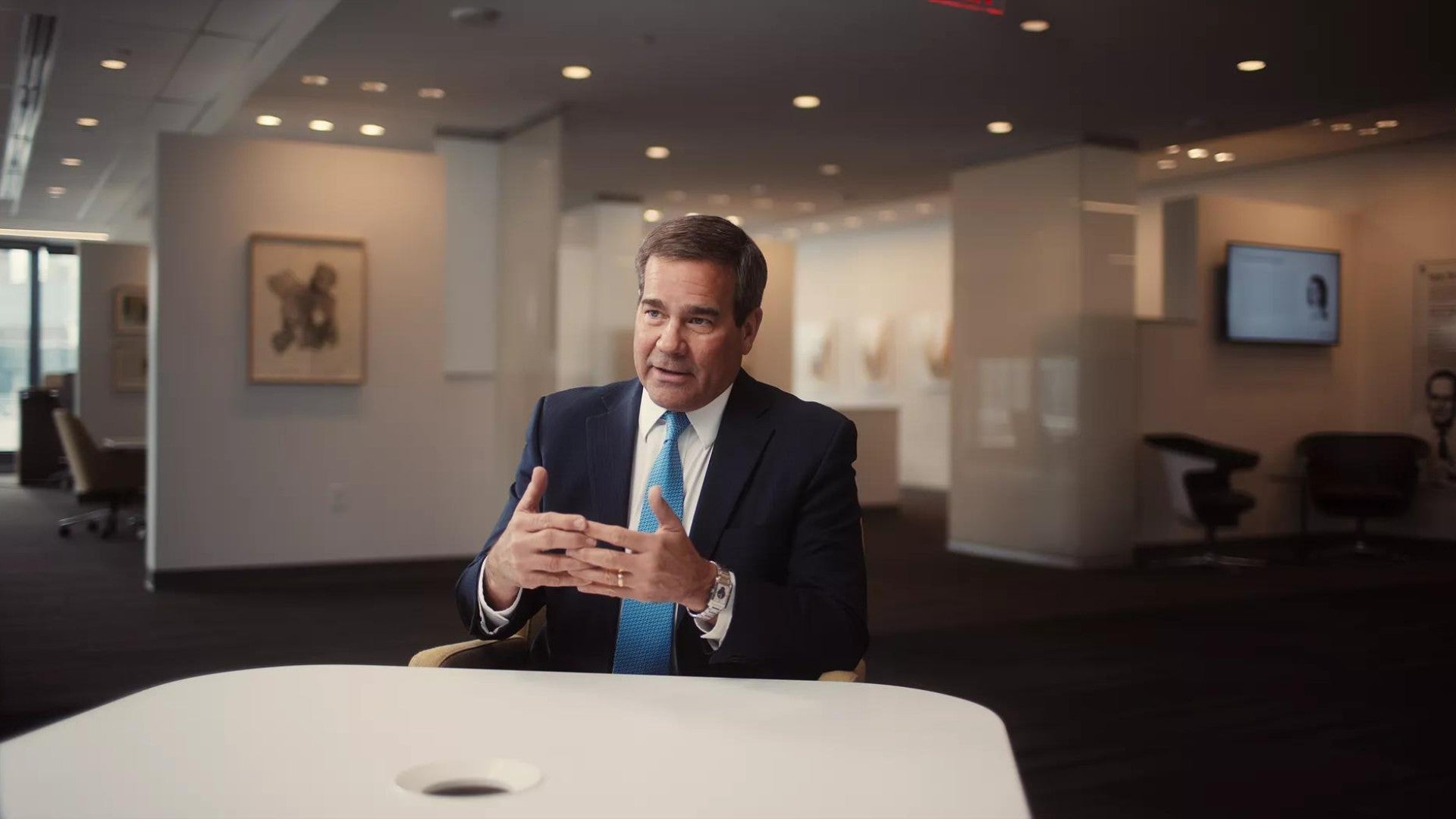
The global crises we’ve experienced over the past two years may have impacted everyone, but they didn’t impact all of us equally.
In 2020, the World Bank found that the pandemic and resulting government lockdowns had a severe impact on society, forcing nearly 150 million people into extreme poverty. When you combine that with ever-mounting inflation and the Russia-Ukraine war’s impact on energy prices, the conclusion is clear: The fragility of financial security around the world is on edge, hampering the ability of people to earn, protect themselves and their families, and build for the future.
There’s room for optimism, however. As the CEO of a financial services company, I strongly believe in the power of our industry to create products and services that allow people to better weather financial challenges—from macroeconomic shocks to personal crises. But we need to make those tools and additional resources more accessible to the people who need them the most.
Worldwide financial insecurity represents one of the greatest challenges and opportunities of our time. To protect and help the financially vulnerable, we must gain a deeper understanding of the problems preventing financial inclusion and create the infrastructure necessary to help fix them.
The forces preventing financial inclusion
Before and even during the pandemic, we've seen progress toward a more financially inclusive world. Global poverty rates dropped by more than half in the first two decades of the 21st century. More recently, governments responded to the pandemic—including economic lifelines that kept small businesses open and workers employed. But financial inclusion is a complicated, multifaceted issue, with a number of major factors that have created the challenges we see today.
Macroeconomic trends have created a severe “cost of living” crisis across the world. At the same time, we’ve seen the wealth and income gap continue to expand, with the share of the world’s workers living in extreme poverty at 6.6% and expectations of that rate to reach 7% by 2030. Meanwhile, the world’s population is aging, with 22% of people expected to be over age 60 by 2050, creating new pressures for our retirement and pension systems. Finally, we can’t overlook changing environmental factors, which according to estimates will displace more than 200 million people by 2030 due to frequent, severe climate disasters, with 100 million falling back into extreme poverty.
These factors, and more, show that the need for greater financial inclusion is being exacerbated. But all can be improved in some way through increasing people’s access to financial resources, education, and opportunity.
Meeting the moment as an industry
The financial industry has a major role to play in furthering financial inclusion. I know from experience that our products and services help our customers with planning and investing, as well as gaining confidence in their financial lives.
But we need to extend availability and use of these tools more broadly. As an industry, we can improve financial accessibility with equitable products that are delivered in a responsible and sustainable way. Our team has done this work for years. We’ve improved access through digital tools, made ambitious environmental, social, and governance (ESG) commitments, and have started efforts to understand the scale of the challenge. However, we are just one stakeholder in a much larger, more intricate system.
Given the complexity of a problem like financial inclusion, our industry must work with governments, policymakers, and nonprofits to develop more informed, sustainable solutions. Through these relationships, we’ll be better positioned to prioritize financial inclusion on a global and national scale.
For many organizations, however, the hardest part is knowing where to start. I believe that if we examine the challenge more closely, we will make progress. That’s why we’ve launched the Global Financial Inclusion Index.
Created in partnership with the Centre for Economics and Business Research (Cebr) and sponsored by Principal, the Global Financial Inclusion Index uniquely combines publicly available government and financial services industry data with qualitative consumer sentiment surveys to tell the global story of financial inclusion in 42 markets. This initiative aims to provide data-driven insights in support of developing policies and products people need. It will inform not only our actions at Principal, but also serve as an inspiration to the broader financial industry and beyond, giving more companies the opportunity to act and make an impact.
Working together on a more inclusive financial system
We are living in a time when we seem to be confronted by a new global crisis all too often. To meet current and future challenges, we must help create an environment where all people have equitable access to effective and affordable financial educational resources, systems, product solutions, and advice that promotes confidence in their financial outlook.
Absent of action, more people will likely fall farther behind. But together, we can make greater progress toward a more inclusive global economy.
Gain more insights from the Global Financial Inclusion Index.


